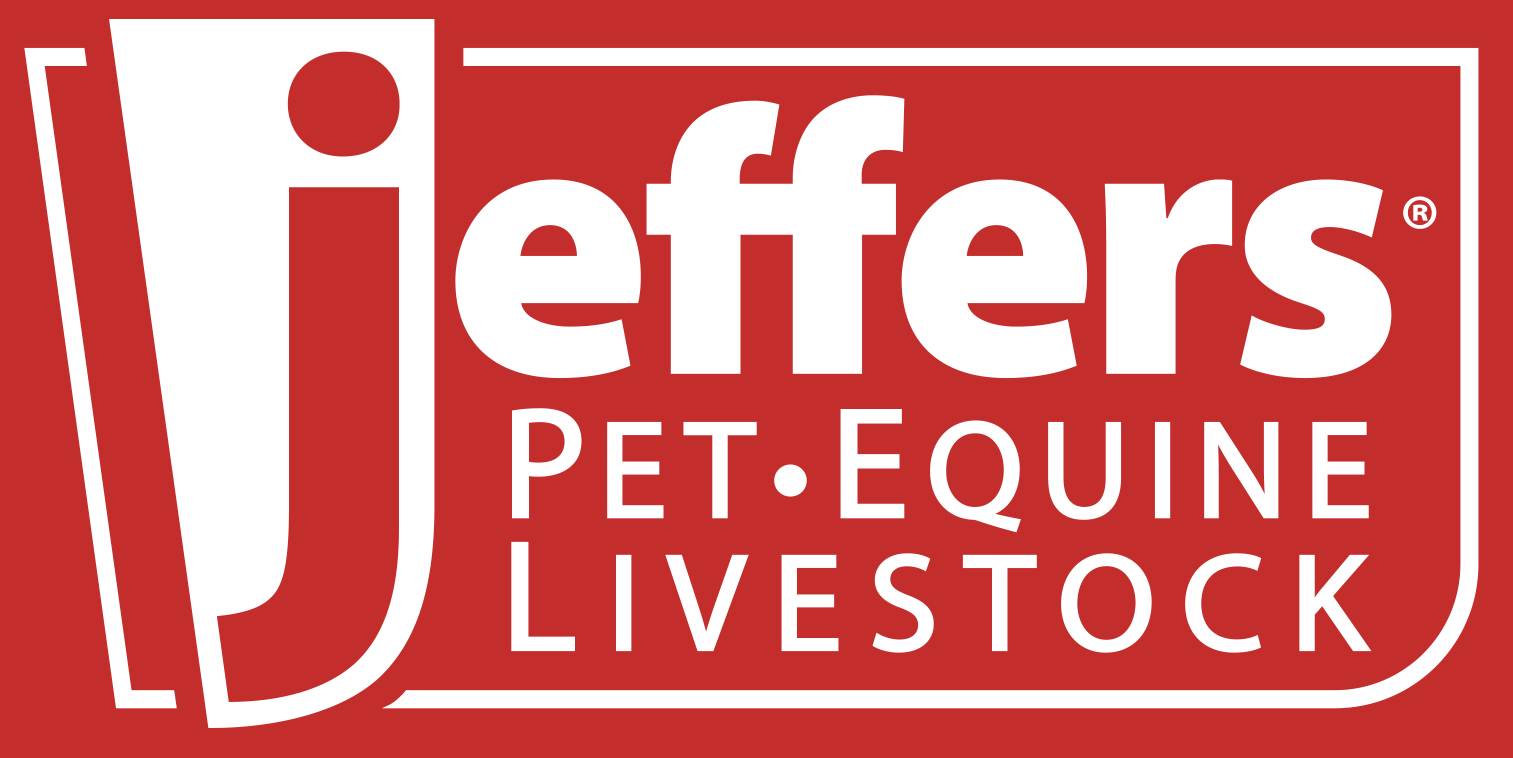Horseshoes, Barefoot or Hoof Alternatives?
Posted April 6, 2015 in Equine Blog by Jeffers Staff


There will always be shod horses, especially performance horses. There will also be horses like ours used for the occasional ride that are never shod.
Montana, our big red-and-white Paint, was shod when we bought him. We tried keeping shoes on him for a few months. But when he threw two shoes in a month, he went barefoot. A later experiment proved about the same. Part of this is because of the soil in the region of Kansas where we live. Our soil is like that of many other regions of the country. It has a shallow loam layer with a thick gumbo underneath.
Add water and step too far down into it, and it will suck a boot right off a human foot (it has happened) or a shoe right off the hoof. Our farrier, knowing the use we have for Montana was mostly for pleasure riding, also thought it would be best for him to stay barefoot.

Of course, when Mac had laminitis of the hooves, his front hooves were shod to keep on the pad. And few people argue with the need for shoeing horses used in work or for performance.
Most horse owners like us see the benefit of barefoot horses, but also are flexible in the need for horses shod the traditional way. However, some alternatives are evolving in terms of synthetic materials and attachment of them to hooves.
Pete Ramey has shod horses as a farrier since 1994, and has experimented with alternatives to metal shoes such as hoof boots, epoxy works and glue-ons. His online bio says he “never fully bought into the whole ‘all or nothing’ barefoot idea.”

In his article, “Boots and Pads: A True Breakthrough in Healing,” Ramey wrote, “I started finding that the boots could not only match the comfort level provided by fixed shoeing, they almost always exceed it dramatically.” He goes on to say, “a competent natural hoof care professional must carry a full stock of hoof boots, a variety of pad material, and all the tools, materials and knowledge to customize the fit.”
Dr. Hiltrud Strasser, a German veterinarian, has written several books about barefoot horses, including “A Lifetime of Soundness,” stating the need for horses to be cared for as naturally as possible for optimum hoof and general health. Her method touts the soundness of barefoot horses such as wild horses and is called the Strasser Method.
The method, developed from her own research, is controversial among farriers who still see a need for horses shod the traditional way. An article in Anvil magazine, “The Strasser Method Trim Considered,” stated that the farrier author could not verify some of Strasser’s conclusions. Henry Heymering, CJF, RMF, president of the Guild of Professional Farriers, writes, “Although the points she makes are thought-provoking, until they can be backed up with evidence, they won’t stick.”

Equine hoof science is evolving, like so many other aspects of horses and the care of them. It was not that long ago that harsher methods for training horses were commonplace. With the advent of people such as John and Josh Lyons, Pat Parelli and other advocates of gentle, natural horse training, that field has been revolutionized. Hoof science is also improving to help owners choose between shod, barefoot or newer methods of protecting hooves.
Jeffers Equine carries both traditional horseshoes and modern horse boots and pads. Find all your equine care supplies in the dedicated horse category.
~ ~ ~ ~ ~ ~ ~ ~ ~ ~
Neal McChristy is a freelance writer with over 25 years journalism experience in magazine, newspaper and Web-based work. He has been contributing editor for a magazine column in the wide-format industry for seven years. He also has over 16 years’ experience as reporter and editor in the printing and imaging area. He and his wife have three horses. They were “green,” knowing little about horses when they began to acquire them in 1998. They learned about them through training lessons by Pat Parelli, John Lyons and others in the field of “gentle training” and “natural horsemanship”. Neal lives in Pittsburg, Kansas, and currently writes action-adventure novels, which he has done for over 10 years. You are welcome to contact him at freelance9@cox.net
